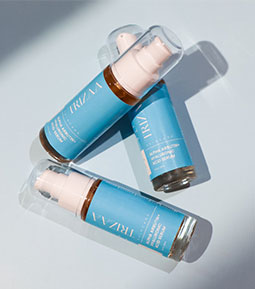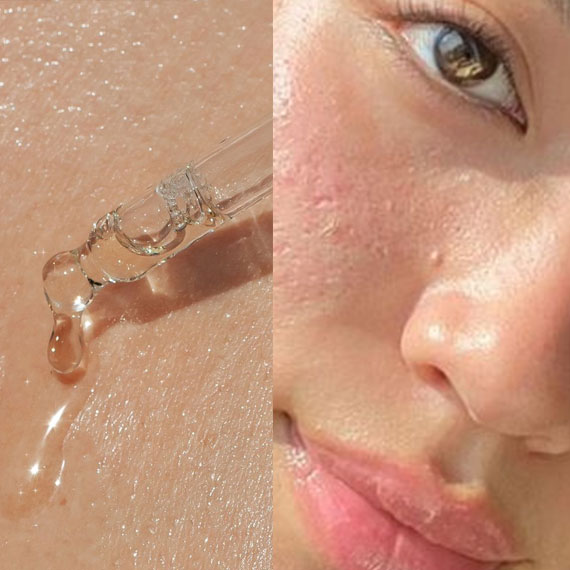Breakouts, commonly known as acne can be really bothersome and frustrating. But don’t worry, we’ve got you covered! If you have oily and acne-prone skin, read on to know what causes acne and how to treat them. The human skin has multiple pores on the surface of the skin. These pores open up to a follicle that contains a hair and oil/sebum gland. When these hair follicles get clogged with grime, dirt, and oil, it results in acne formation.
What are the different types of acne?
Breakouts arise when there is an excess production of sebum, the pores get clogged with dead skin cells, or due to hormonal changes. These breakouts can be found on various parts of the body like the face, back, shoulders, and chest.
Acne can be categorised into four types:
- Blackheads (open comedones): these are open at the skin surface and the dark colour is caused due to oxygen in the air
- Whiteheads (closed comedones): these are tiny bumps under the skin and don’t have a colour of their own
- Papules: red bumps on the surface of the skin caused by inflammation in the hair follicles
- Pastiules: small pimples with pus
- Nodules: small and painful bumps under the skin
- Cysts: large pus-filled bumps under the skin surface
What are some other side effects caused by acne?
Acne can be particularly bothersome due to their nature to create uneven skin texture, marks, and inflamed skin. Sometimes, acne can leave the affected area of the skin tender and painful to touch.
How to treat them?
Here’s how you can treat acne at home with the right skincare routine:
- Exfoliating cleanser: using a salicylic acid based exfoliating cleanser can help scoop dirt and oil from the pores.
- Salicylic acid serum: a type of BHA (beta-hydroxide acid) is an exfoliant and helps control excess oil and acne-causing bacteria.
- AHA (alpha-hydroxide acid): helps reduce inflammation and dead skin cells. It also facilitates skin regeneration, reducing the appearance of acne marks.
- Retinol: a form of Vitamin A, retinol boosts skin turnover and diminishes acne marks.
- Niacinamide serum: helps take care of skin texture while strengthening the skin barrier.
-
You can also use a potent combination of two serums to improve the efficiency of your skincare routine. To combat acne, you can pair salicylic acid with niacinamide; or retinol with niacinamide after cleansing with an exfoliating mild cleanser. Don’t forget to seal everything in with a soothing oil-free moisturizer.
It is also necessary to use a broad-spectrum SPF during the day to help lighten pigmentation marks as these can be aggregated by harmful rays.
While acne can be treated at home with the right products, it is necessary to be patient. No skincare delivers instant results.
Meanwhile, if you are facing persistent and painful breakouts, it is recommended that you consult a doctor.






